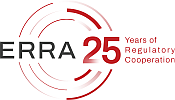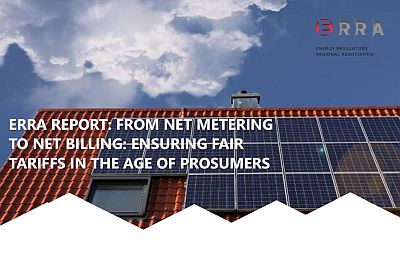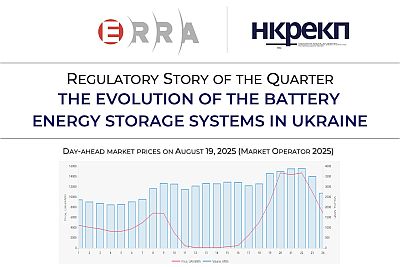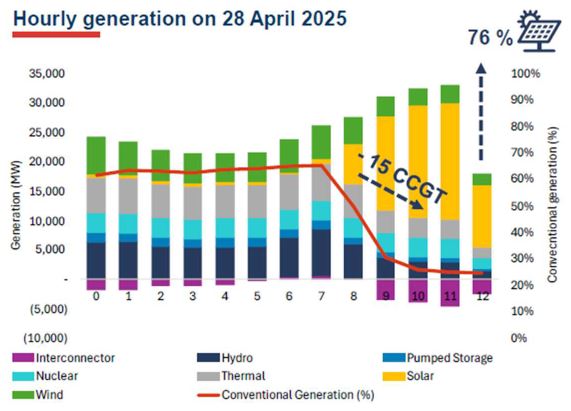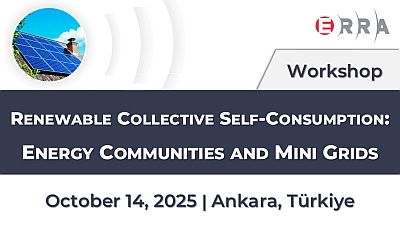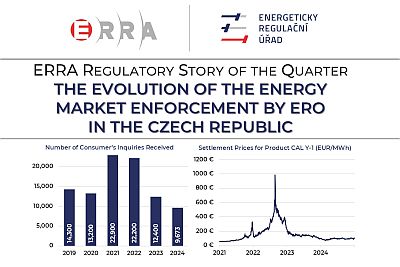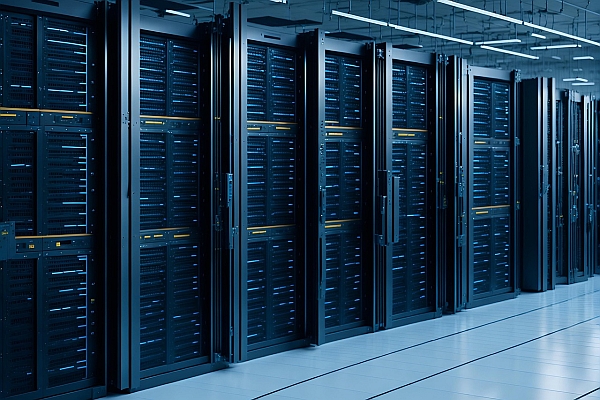2025-12-18
This paper examines the regulatory shift from net metering to net billing, drawing on comparative experiences from Italy, Kosovo*, and Georgia. It places Georgia’s 2023 reform within this broader European context, emphasising both its alignment with EU principles and the remaining steps needed to fully integrate prosumers into the market.
